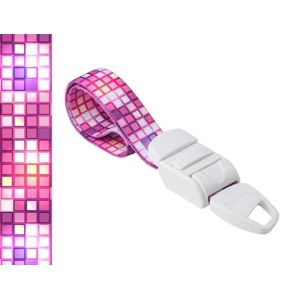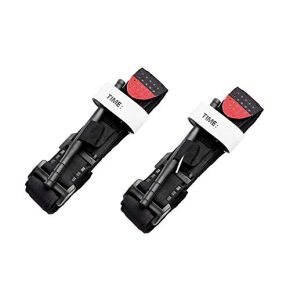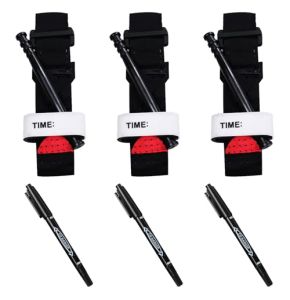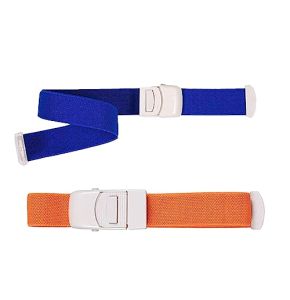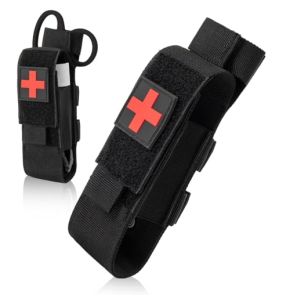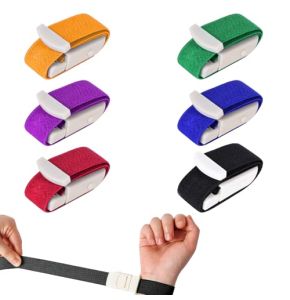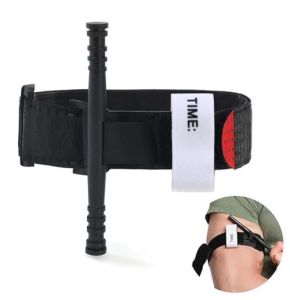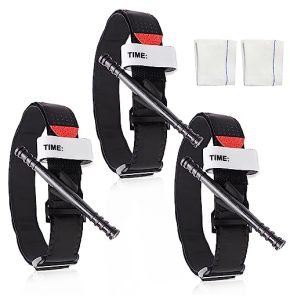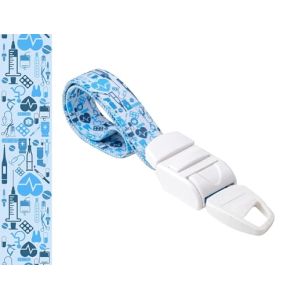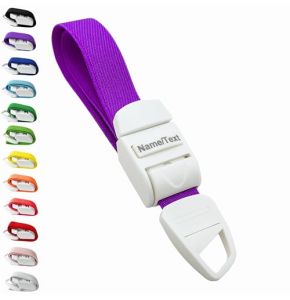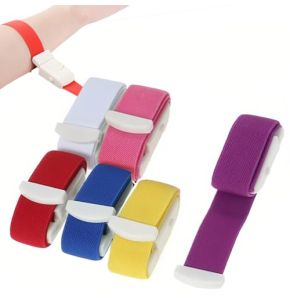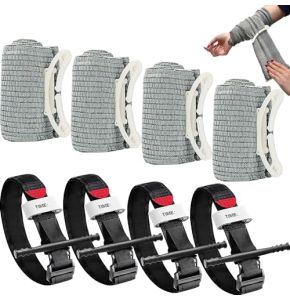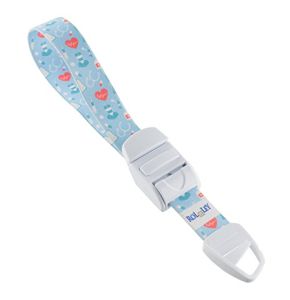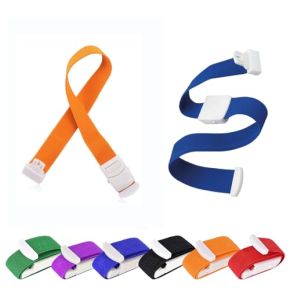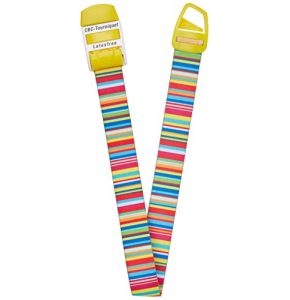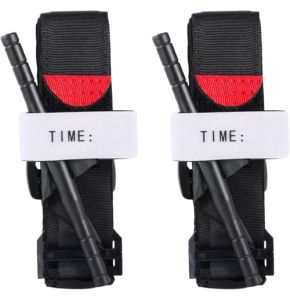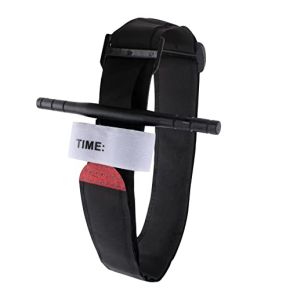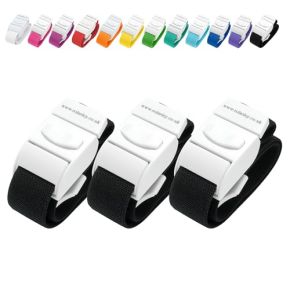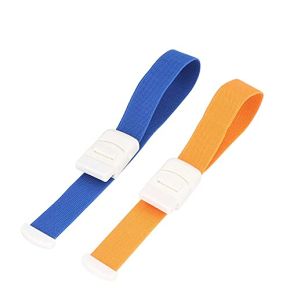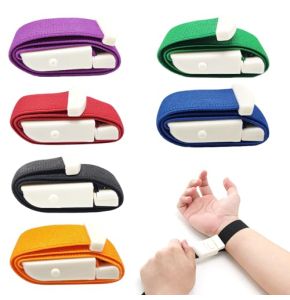medical-tourniquet
13/01/2025 278
13/01/2025 293
Rolseley Professional Quick and Slow Release Tourniquet - Ideal for Doctors and Nurses
13/01/2025 294
13/01/2025 298
13/01/2025 256
13/01/2025 282
Rolseley Professional Quick and Slow Release Tourniquet - Ideal for Doctors, Nurses, Students, and Paramedics
13/01/2025 286
Rolsely Professional Quick and Slow Release Tourniquet - Ideal for Doctors, Nurses, Students, and Paramedics
13/01/2025 141
Rolseley Professional Quick and Slow Release Tourniquet - Ideal for Doctors, Nurses, Students, and Paramedics
13/01/2025 238
13/01/2025 274
Pack of 3 Premium Quality Rolseley Medical Tourniquets
13/01/2025 289
13/01/2025 249
Enhance the quality of care and secure your procedures with our medical tourniquets. Designed for easy and convenient use, they feature an adjustable attachment system for precise pressure control, preventing any risk of overcompression or injury. Made from robust, hypoallergenic materials, our tourniquets provide both comfort and hygiene—perfect for medical offices, emergency departments, or ambulatory services. Enjoy optimal reliability for safer procedures and improved patient comfort.
 Francais
Francais 
